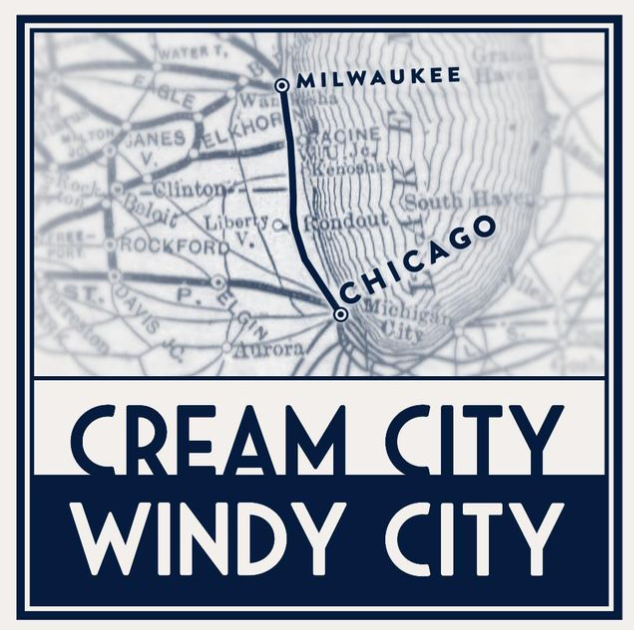Service must precede art, since all turf, trees, flowers, fences, walks, water, paint, plaster, posts and pillars in or under which there is not a purpose of direct utility or service are inartistic if not barbarous…So long as consideration of utility are neglected or overridden by considerations of ornament, there will be no true art.
Frederick Law Olmsted
When Frederick Law Olmsted designed Central Park’s Sheep Meadow, he envisioned it as a refuge from the stresses of urban living, where grazing sheep were celebrated as “useful, pastoral features that contributed to the aesthetic and the well-being of New Yorkers.” Combining picturesque aesthetics with inexpensive, practical management, the sheep provided multiple benefits: they created a sense of identity for Central Park, educated and engaged visitors, soothed stressed city dwellers, reduced maintenance labor costs, produced wool to sell, and improved the ecology of the site.
Fast forward to the present. Faced with ongoing health and environmental crises, we can learn from this Olmstedian model of multifunctionality and redefine our urban landscapes as spaces that not only improve human health and support ecological sustainability, but also contribute to the beauty and identity of a site, encourage community engagement, and provide opportunities to pilot innovative management operations. The Sheepscapes project brings Olmsted’s pastoral sheep back into the spotlight, utilizing them to maintain landscapes on college campuses while addressing the question: how can science, design, and practice converge to inform the creation of accessible, multi-functional greenspaces that maximize cultural and environmental values?
Sheepscapes is made up of two primary components, a pilot “Sheepmowers” case study project currently taking place at the University of California, Davis to explore the ecological and cultural benefits of integrating sheep into the university’s maintenance regimes, and a “Sheepscapes Catalogue” produced by undergraduate student researchers in the UC Davis Landscape Architecture Program to graphically illustrate the multiple ways sheep can be integrated into college campuses, demonstrate the ecological, social, and economic benefits they provide, and propose a step-by-step grazing implementation plan that can be easily adopted by colleges and universities worldwide.
UC Davis Sheepmowers
Launched in May of 2021, the UC Davis Sheepmowers are a team of 25 campus sheep that graze a fenced 1-acre lawn area on central campus over a period of 3 days, every 3-4 weeks. An adjacent lawn serves as a control and is conventionally maintained with lawnmowers. In addition to analyzing environmental factors (plant biodiversity, grass length, soil fertility/compaction rates) and economic factors (equipment, fuel, labor costs), researchers have included an Olmstedian spin to their queries: does the addition of sheep to a college campus help to reduce stress and improve mental health? Patterns of movement, social media analysis, visitor interactions, surveys, and other qualitative measurements are being used to address this question.
Sheepscapes Catalogue
The Sheepscapes Catalogue will be published in the spring of 2022 to coincide with Olmsted’s 200th birthday celebrations. A combination graphic guide and DIY toolkit, the catalogue showcases more than 50 innovative uses for sheep on college campuses and is designed to provide aspiring shepherds with inspirational ideas and practical steps to repurpose institutional lawns and create meaningful, multi-purpose grazing spaces. The catalogue additionally includes an introduction to the use of sheep in landscape management, a set of proposed guidelines, and a series of theoretical university case studies based upon the research findings of the UC Davis Sheepmowers project.
Olmsted 200
This spring, to honor the 200th anniversary of the birth of Frederick Law Olmsted, UC Davis will host a special grazing event dedicated to the social reformer and founder of American landscape architecture. If your campus, park, or greenspace is interested in joining us for a simultaneous sheep grazing spanning the east and west coasts, please contact Haven Kiers at ahkiers@ucdavis.edu.
In addition, we will be inviting people to join a media campaign highlighting the benefits of adding sheep to a space. Participants will be encouraged to print out a “Just add sheep” card, photograph a “sheepworthy” outdoor space with the card in it, and share the image on social media with the hashtag #JUSTADDSHEEP.
Kiers is Assistant Professor, Human Ecology, at the University of California, Davis.
This article first appeared in the October 1, 2021, issue of Field Notes by the National Association for Olmsted Parks.











